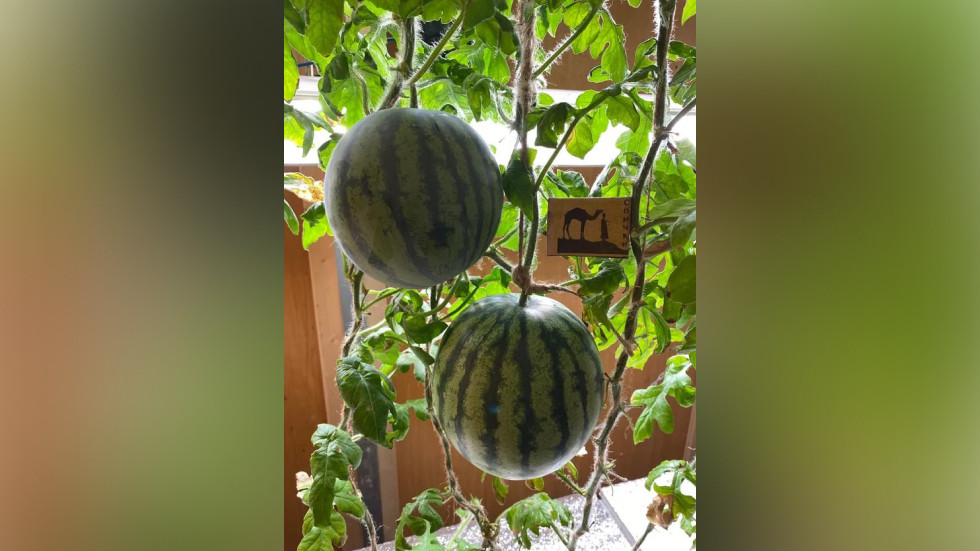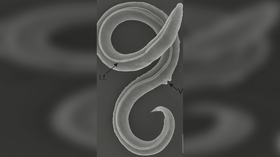
The researchers hope to eventually be able to grow other fruits and wild berries at all polar bases

Watermelon growing at Russia’s Vostok research station in Antarctica. © AARI
Russian polar explorers have successfully grown a batch of watermelons at the Vostok station in Antarctica, the coldest place on Earth, according to a statement published by the Arctic and Antarctic Research Institute (AARI).
“The results of the experiment are impressive – we managed to grow the southernmost watermelons in the most severe conditions of Antarctica,” said leading AARI geophysicist Andrey Teplyakov, who led the project at the Vostok station. “The taste and aroma are no worse than the ones we have at home! The size of the fruits is up to 13 cm in diameter, and their weight is up to 1 kg,” he said.
The experiment was a joint project between the AARI and the Agrophysical Research institute and the Institute of Biomedical Problems of the Russian Academy of Sciences.
In its statement, the AARI explained that favorable conditions for the plants, such as air temperature and humidity, were created by scientists with the help of a phytotechnical complex that was specially designed by the Agrophysical Institute for the Vostok station.
“When growing plants, a thin-layer soil substitute, nutrient solutions and specially selected lighting were used. Two varieties of early ripening watermelons, which are able to adapt to low atmospheric pressure and oxygen deficiency, were planted in early April. The flowers were pollinated by hand at the end of May, and in July the polar explorers were able to taste the first fruits. The whole process took 103 days,” the statement reads.
AARI Director Aleksandr Makarov noted that aside from the scientific interest and practical benefits of having fresh vegetables, berries, and greens, the joint project had “a number of important additional advantages.”

Read more
“The greenhouse at the station has a positive effect on the emotional state of polar explorers,” Makarov said, noting that many of the researchers spend months in an isolated team, in conditions of polar night, low temperature and limited living space.
“Introducing the practice of growing plants at all Russian polar stations has been discussed for a long time, but this requires an accurate calculation of the effectiveness and cost of the project,” Makarov said.
The experiment dubbed ‘Plants’ was launched at Vostok in February 2020. Since then, the scientists have successfully worked out a system for growing 80 varieties of vegetables, including tomatoes, peppers, dill, spinach, collard greens, and others. The team’s next goal is to develop the technology for cultivating blackberries, blueberries, and strawberries.




